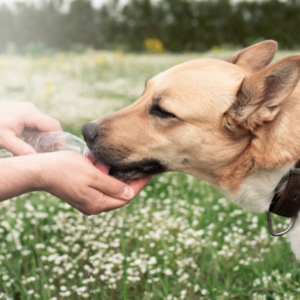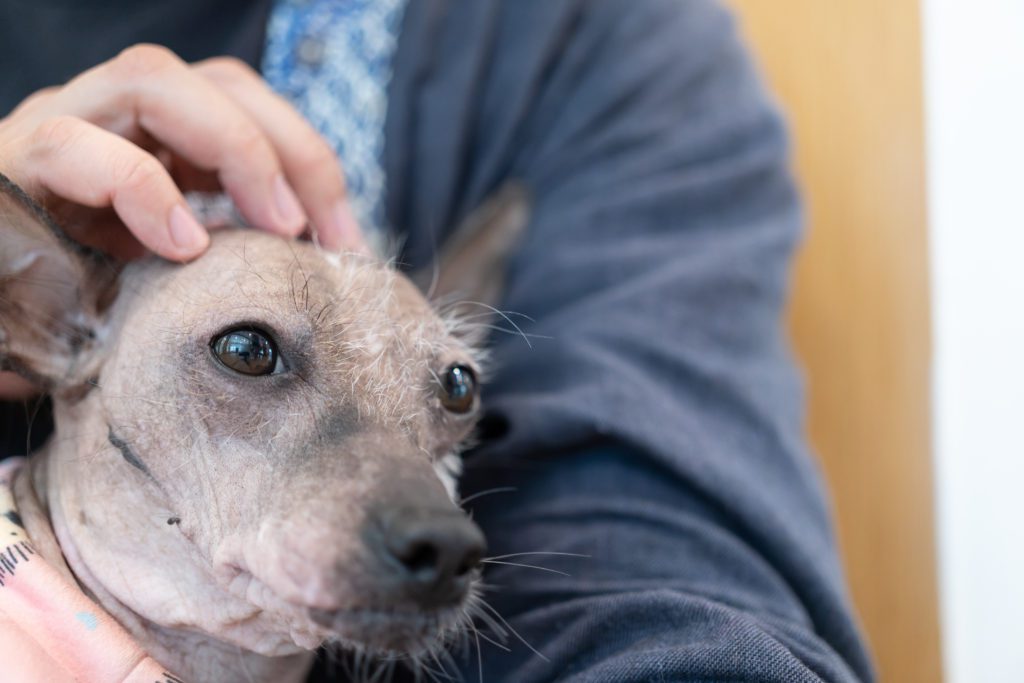Have you ever had a sick pet that you’ve taken to the veterinarian and after dozens of tests and thousands of dollars, there’s finally an answer to the change in their behavior? If you have, you know how frustrating this can be. If you haven’t, I hope to help you prevent having this experience.
As pet owners, our pet’s health, well-being, and safety are of the utmost importance to us. Considering this, it can be disconcerting at times trying to determine what exactly is going on inside of them – if only they could talk, right? Well, they can! Through telepathic communication, we have the ability to ask them how they are feeling, what they are feeling, and where they feel it. Having the animal communicate this information rather than making assumptions, is so much better for the animal, the owner, and the veterinarian as it alleviates guesswork. When it comes to your pet’s health, combining the services of an Animal Communicator with a veterinarian can lead to less testing and diagnostics, saving money and time and resulting in a quicker diagnosis.
Assisting Your Veterinarian
At any age, behaviors and physical changes can happen and we don’t always know the cause of these changes. This can cause us, humans, to be stressed, but it can also cause heightened stress levels in our pets, which in turn could exacerbate the issues going on, making it more difficult to determine the root issue.
Even when the issue is not presenting itself as severe, when something changes in our pets, our first instinct is to take them to the veterinarian. This can be costly and require multiple visits and tests. Therefore, when you observe initial changes, scheduling a personal consultation with an Animal Communicator can equip you with more information to help your veterinarian focus his tests and diagnostics more effectively.
When we humans go to the doctor, the doctor interviews us and we are able to express our specific needs and feelings so the doctor can then provide focused treatment based on what we say. For instance, if you’ve noticed that your pet is not eating as much as normal and the pet is able to express that there is a tooth that is bothering them. Chances are that I can narrow down the area of where that tooth is; upper jaw, lower jaw, left side, etc. With this information, you can go to your veterinarian and tell them more specifically where to look for the issue. An Animal Communicator fills this gap so that your veterinarian can begin by evaluating the area mentioned and remedy that problem more quickly without unnecessary costs and tests.
Another example is a horse owner who reports that there are changes in their horse’s behavior and they think it may be lame. A veterinarian would have to evaluate all legs from top to bottom with a physical exam or radiographs and they may just give them painkillers to solve the problem. When working with an Animal Communicator, the horse may tell them that it has pain in the left, front leg at the knee. Combining the visual veterinarian exam with the feedback directly from the animal can enable the doctor to target diagnostic testing more quickly and accurately. In this example, the veterinarian could begin with radiographs of the knee and visually confirm the issue, saving time and money.
The Importance of Checking In Routinely With Your Pet
By giving your pet the opportunity to express themselves and truly tell you the things that are going on with them, you can broaden and deepen your relationship with your pet. It can allow you opportunities for them to let you know early when an issue arises so that you can get the necessary treatment for them or even prevent an illness. Stay on top of your pet’s wellness by scheduling a conversation with your pet communicator today.




